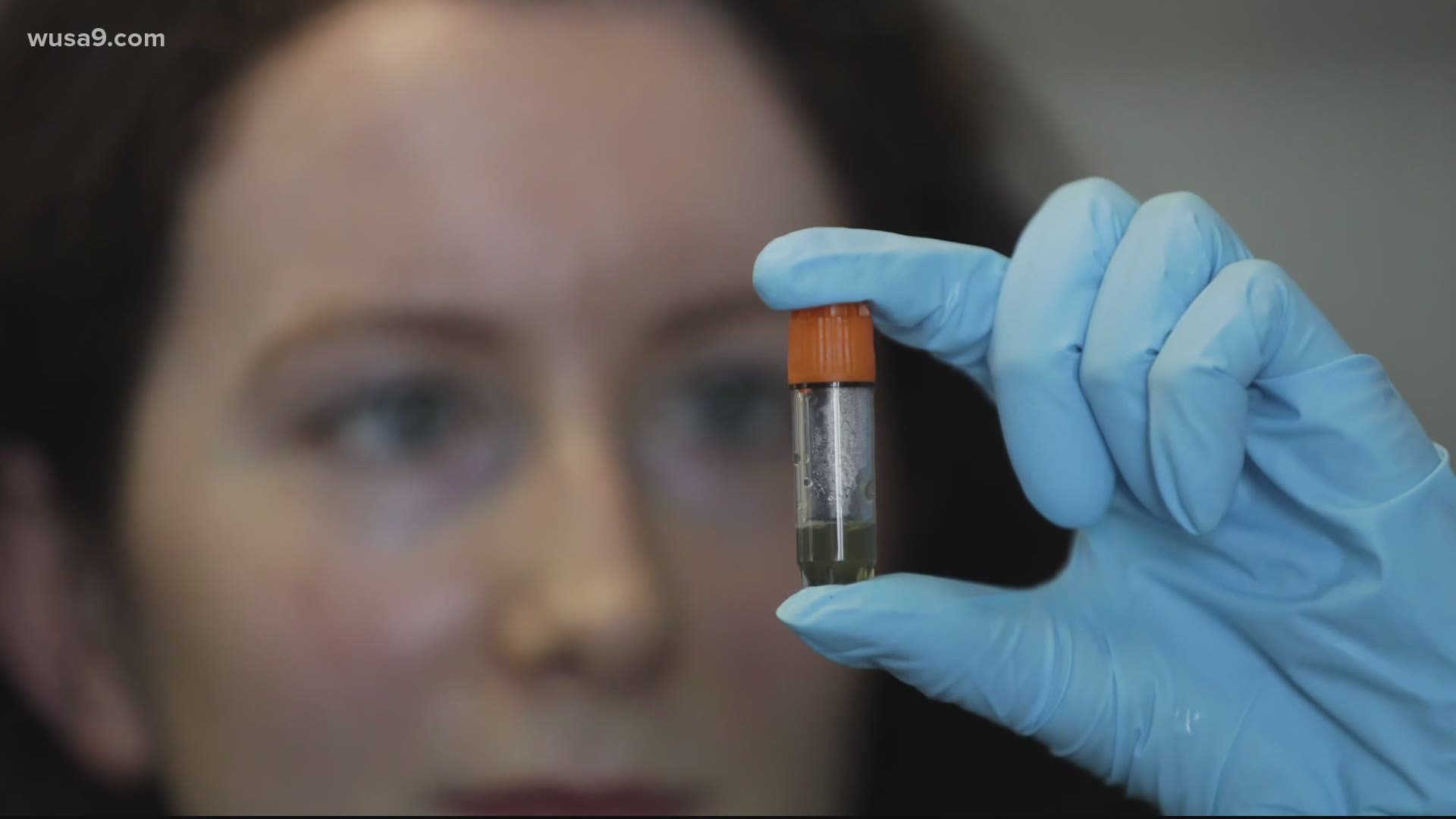BALTIMORE — More than 103,000 confirmed coronavirus cases reveal only part of Maryland’s COVID-19 spread. Not all cases are recorded, begging the question of how much higher an actual case count may climb.
Health officials are now launching a state-wide antibody study, analyzing blood samples across 13 hospitals to identify evidence of past exposure to the virus.
Once an individual contracts coronavirus, the body begins to produce antibodies as part of an immune response. Antibodies remain in the bloodstream, even after the infection ends.
Researchers with the Maryland Department of Health (MDH) said the proportion of positive antibody results will help determine the prevalence of COVID-19 across the state’s population.
“Understanding the level and pattern of unrecognized community transmissions of COVID-19 is crucial to curb transmission and prevent a future wave of the pandemic," MDH Secretary Robert R. Neall said.
"Establishing a baseline of those who have tested positive will help us better understand how it spreads so we can fight it more effectively," he continued.
Blood samples are expected to be collected for the next four to six weeks. The MDH will process more than 6,000 samples from blood drawn during routine care in hospital emergency departments.
Dr. Moira P. Larsen, head of pathology for MedStar Health, said most people who come to hospital emergency rooms represent an accurate cross-section of the state’s population.
Results will be reported in aggregate numbers, with no data tied to specific patients.
“We don't know how many people might have had the virus, who were not sick enough to seek medical care,” Larsen said.
By factoring in that population of people, researchers can develop a better understanding of the impact the virus has.
“The proportion we find of asymptomatic to very ill people might hold true going forward into the fall, and help us understand who might show up in our hospitals as the disease comes back.”
Participating hospitals include:
- UMPC Western Maryland
- Carroll County Hospital
- UM Shore Medical Center at Easton Peninsula Regional
- Frederick Memorial
- Anne Arundel Medical Center
- MedStar Franklin Square
- Johns Hopkins Health System Howard General Hospital
- Holy Cross Hospital
- Shady Grove Adventist
- UM Prince George’s Hospital Center
- MedStar Southern Maryland

